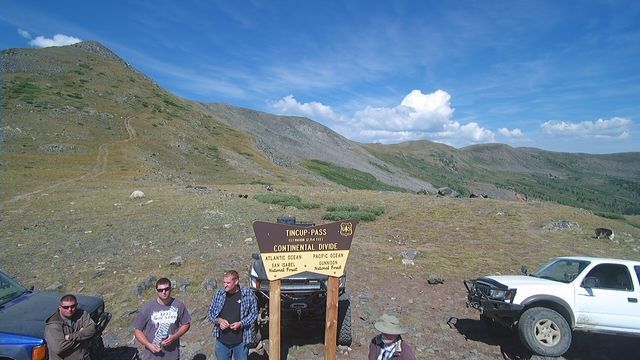Acronym for "Vortex Ring State". A disturbed air/aircraft instability phenomenon that occurs with helicopters than hover in one place too long, often mistakenly attributed to multirotors during an unstable, vertical decent. Since multirotors utilize a minimum of two sets of opposing rotation rotors it's highly improbable the effect can be achieved with a multirotor.
Personally, after several years of flying many different kinds of multirotors, large, small, heavy, light, fast and slow, coaxial and standard, I have yet to see a multirotor experience stability problems that were not caused by an operator trying to hover too close to the ground, pull power back to a level that caused free fall, or improperly set up PID's. Regarding pulling back power, bear in mind that many DIY, 3DR, Vector, or earlier systems utilized a throttle stick where pulling full down throttle reduced power to zero, so it was possible to reduce prop speed to ground idle during flight.
Some like to blame "VRS" when they crash their aircraft during a descent. Some want to claim VRS when hovering close to the ground if the aircraft wobbles, failing to consider the air between the aircraft and the ground is being roiled by the prop wash, creating turbulence, while also disregarding what is known as "ground effect" when the aircraft is within a couple of propeller diameters from the ground. Some of them claim it is unsafe to vertically descend a multirotor from altitude. I am most certainly not one of them.
At 10,000' and up I'm pretty sure an H will have reached what is known as "critical altitude", where any reduction in airspeed or increase in angle of attack will induce an aerodynamic stall. The atmosphere becomes "less dense" with increase in altitude, with altitude density having profound effects on airfoil efficiency, something the propellers are. Essentially they need to spin a lot faster than what the motors can do to provide the thrust needed to keep the H in the air.



